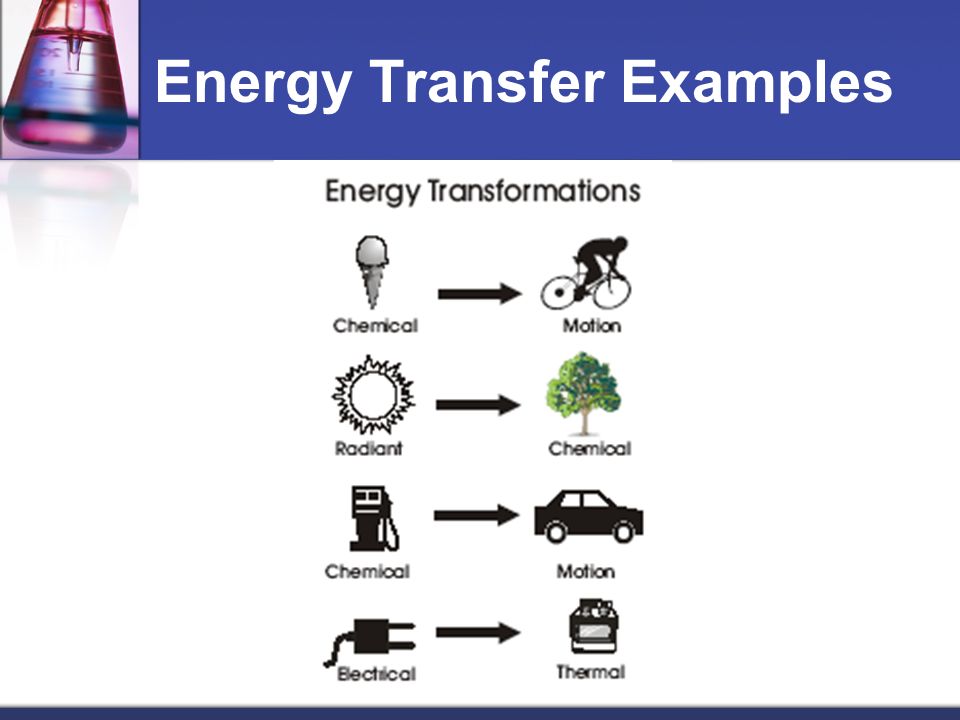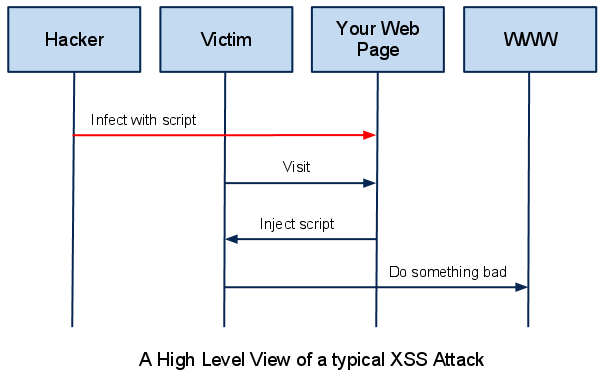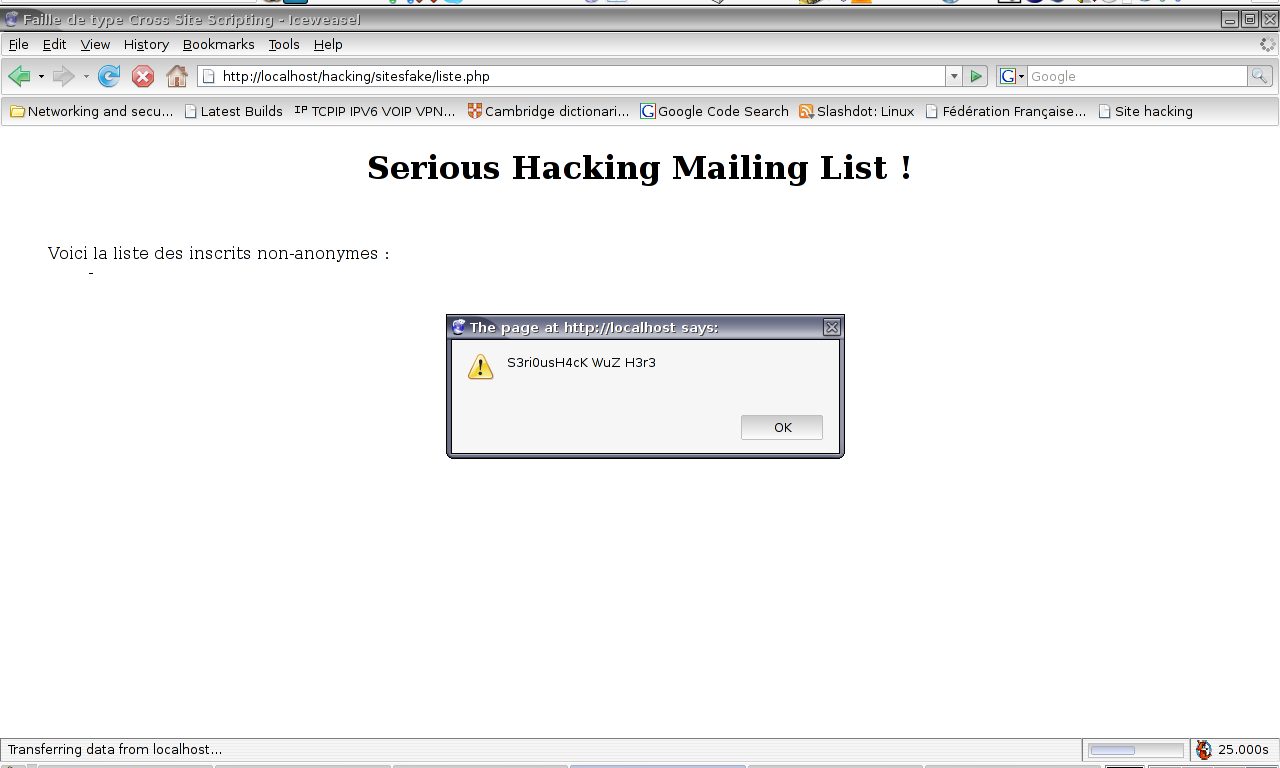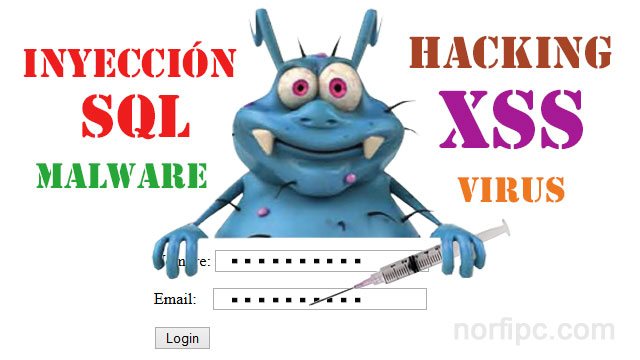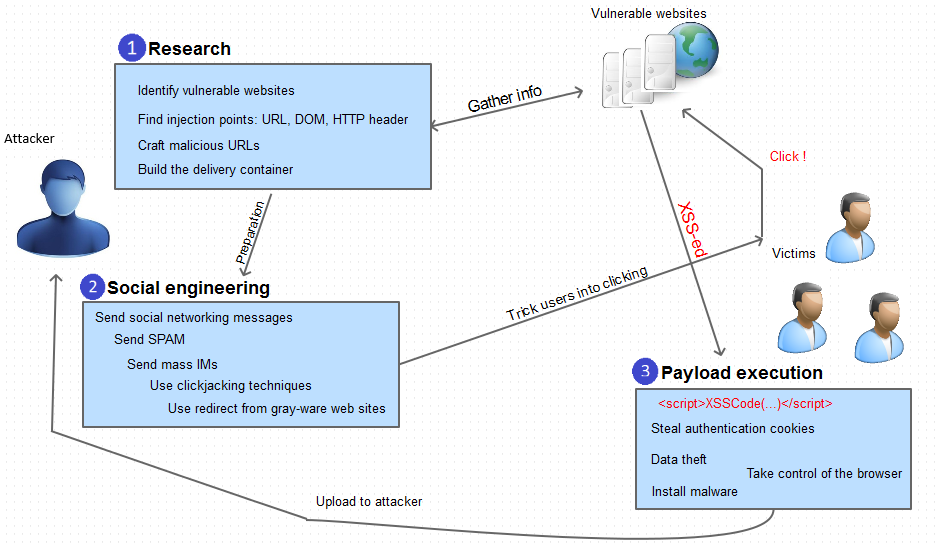Since crosssite code is a staple of the modern web, crosssite scripting has become one of the most frequently reported cybersecurity vulnerabilities, and crosssite scripting attacks have hit major sites such as YouTube, Facebook, and Twitter. ZyXEL VMG3312B10B CrossSite Scripting. Webapps exploit for Hardware platform Learn about how attackers send textbased attack scripts that exploit the interpreter in the browser. Crosssite Scripting (XSS) is an attack technique that involves echoing attackersupplied code into a user's browser instance. A browser instance can be a standard web browser client, or a browser object embedded in a software product such as the browser within WinAmp, an RSS reader, or an email client. Crosssite scripting (XSS) is an attack that can be carried out to compromise users of a website by injecting clientside scripts into web pages. Audit your website security with Acunetix and check for and manage XSS, SQL Injection and other web vulnerabilities. Create reports for management dev ops How to Test for Crosssite scripting Vulnerabilities OWASP Testing Guide article on Testing for Cross site scripting Vulnerabilities XSS Experimental Minimal Encoding Rules CrossSite Scripting Crosssite scripting (XSS) attacks involved the injection of malicious code into trusted websites. One of the traditional uses of XSS is a hacker stealing session cookies in order to impersonate another user. Lately, it has been the malicious act used to spread malware, deface websites, and phish. Cross site scripting, or XSS, constantly holds the number one spot as the most common vulnerability found in web sites. Just recently, White Hat security reported that 66 percent of all web sites found to contain at least one vulnerability could be exploited by an XSS attack. a crosssite scripting vulnerability within a privileged zone A common attack scenario involves two steps. The first step is to use a Cross Zone Scripting vulnerability to get. Crosssite scripting (XSS) sposb ataku na serwis WWW polegajcy na osadzeniu w treci atakowanej strony kodu (zazwyczaj JavaScript), ktry wywietlony innym uytkownikom moe doprowadzi do wykonania przez nich niepodanych akcji. Skrypt umieszczony w zaatakowanej stronie moe obej niektre mechanizmy kontroli dostpu do. Cross site scripting (XSS) is where one site manages to run a script on another site, with the privileges of you, the user. In many pages, this would be completely harmless. But now imagine that you have logged into site A, and that site has used a session cookie to store your identity. Cross site scripting attacks (XSS) were invented in 1995. Doug looks at some of the security steps that have been put in place to protect against XSS but stresses browsers are still insecure by. Cross site scripting (XSS) is a common attack vector that injects malicious code into a vulnerable web application. XSS differs from other web attack vectors (e. , SQL injections), in that it does not directly target the application itself. Instead, the users of the web application are the ones at. Adobe is changing the world through digital experiences. Our creative, marketing and document solutions empower everyone from emerging artists to global brands to bring digital creations to life and deliver them to the right person at the right moment for the best results. Les attaques de type CrossSite Scripting (note parfois XSS ou CSS) sont des attaques visant les sites web affichant dynamiquement du contenu utilisateur sans effectuer de contrle et d'encodage des informations saisies par les utilisateurs. This is a simple online explaination of XSS attacks designed to allow people to see in a hands on manner. It is interactive so that people can. The crosssite scripting (XSS) vulnerability is a commonly exploited web application vulnerability. Find out if your website is vulnerable with Netsparker CrossSite Scripting (XSS) attacks are a type of injection, in which malicious scripts are injected into otherwise benign and trusted websites. XSS attacks occur when an attacker uses a web application to send malicious code, generally in the form of. Sign in now to see your channels and recommendations! Watch Queue Queue A vulnerability in Cisco WebEx Meeting Center could allow an unauthenticated, remote attacker to conduct a crosssite scripting (XSS) attack against a user of an affected system. Crosssite scripting (XSS) is a code injection attack that allows an attacker to execute malicious JavaScript in another user's browser. The attacker does not directly target his victim. Instead, he exploits a vulnerability in a website that the victim visits, in order to get the website to deliver the malicious JavaScript for him. Crosssite scripting, also known as XSS, is a class of security exploit that has gotten a fair bit of attention in the last few years. Many users, and even Web developers, aren't entirely clear. Crosssite scripting (XSS) je tip propusta u kompjuterskoj bezbednosti tipino naena u Web aplikacijama. XSS dozvoljava napadau da injektuje klijentsku skriptu (Na primer JavaScript kod) [1 u web stranicu koja je kasnije pregledna drugim korisnicima. Cross site scripting (also known as XSS) occurs when a web application gathers malicious data from a user. The data is usually gathered in the form of a. : cross site scripting Web XSS A crosssite scripting attack is one of the top 5 security attacks carried out on a daily basis across the Internet, and your PHP scripts may not be immune. Also known as XSS, the attack is. Crosssite scripting is a serverside vulnerability that is often created when rendering user input as HTML. Crosssite scripting attacks can expose sensitive information about the users of the Web site. Cross site scripting is an attack on the privacy of clients of a particular web site which can lead to a total breach of security when customer details are stolen or manipulated. Crosssite scripting (XSS) um tipo de vulnerabilidade do sistema de segurana de um computador, encontrado normalmente em aplicaes web que activam ataques maliciosos ao injectarem clientside script dentro das pginas web vistas por outros usurios. Cross Site Scripting Cheat Sheet: Learn how to identify prevent script injections attacks. See how Veracode protects against XSS Injection today. Internet Explorer (IE8 and IE9) has a CrossSite Scripting (XSS) Filter feature that can help prevent one website from adding potentially malicious script code to another website. XSS Filter analyzes how websites interact, and when it recognizes a potential attack, it will automatically block script code from running. XSS occurs when an attacker is capable of injecting a script, often Javascript, into the output of a web application in such a way that it is executed in the client browser. Crosssite scripting XSS CrossSite Scripting in short: XSS is one of the most common weaknesses in software development. This applies in particular to the development of custom S CrossSite Scripting (XSS) is a security vulnerability which enables an attacker to place client side scripts (usually JavaScript) into web pages. When other users load affected pages the attackers scripts will run, enabling the attacker to steal cookies and session tokens, change the contents of. When enabled, crosssite scripting protection rejects any user requests that contain attributes (parameters) or strings that are designated as not allowable. You can also exclude commands from crosssite scripting protection by allowing the values of specified attributes for. Crosssite scripting (XSS) is a security bug that can affect websites. If present in your website, this bug can allow an attacker to add their own malicious JavaScript code onto the HTML pages. Crosssite scripting (XSS) is a security exploit which allows an attacker to inject into a website malicious clientside code. This code is executed by the victims and lets the attackers bypass access controls and impersonate users. According to the Open Web Application Security Project, XSS was the third most common Web app vulnerability in 2013. CrossSiteScripting (XSS; deutsch Skripting) bezeichnet das Ausnutzen einer in Webanwendungen, indem Informationen aus einem Kontext, in dem sie nicht vertrauenswrdig sind, in einen anderen Kontext eingefgt werden, in dem sie als vertrauenswrdig eingestuft werden. Aus diesem vertrauenswrdigen Kontext kann dann ein Angriff gestartet werden. Mark Slemko, Cross Site Scripting Info, sur The Apache HTTP Server Project, fvrier 2000 Crosssite scripting is the top item on the OWASP Top Ten. This whitepaper discusses the security risk XSS presents for organizations, different forms of XSS. Learn how XSS (crosssite scripting) vulnerabilities are used by attackers to inject malicious scripts into websites or web applications. This article will show you how Crosssite Scripting attacks work and how you can use Acunetix WVS to protect your website against them. The crosssite scripting filter is turned on by default to help protect you. The XSS Filter, a feature new to Internet Explorer 8, detects JScript in URL and HTTP POST requests. If JScript is detected, the XSS Filter searches evidence of reflection, information that would be returned to the attacking Web site if the attacking request were. Crosssite scripting (XSS) is a type of injection attack where malicious scripts are inserted into otherwise benign and trusted websites. With XSS, the attacker uses a web application to send malicious code, generally in the form of a browser side script, to a different end user. Crosssite scripting (XSS) is a type of injection security attack in which an attacker injects data, such as a malicious script, into content from otherwise trusted websites. Crosssite scripting.
